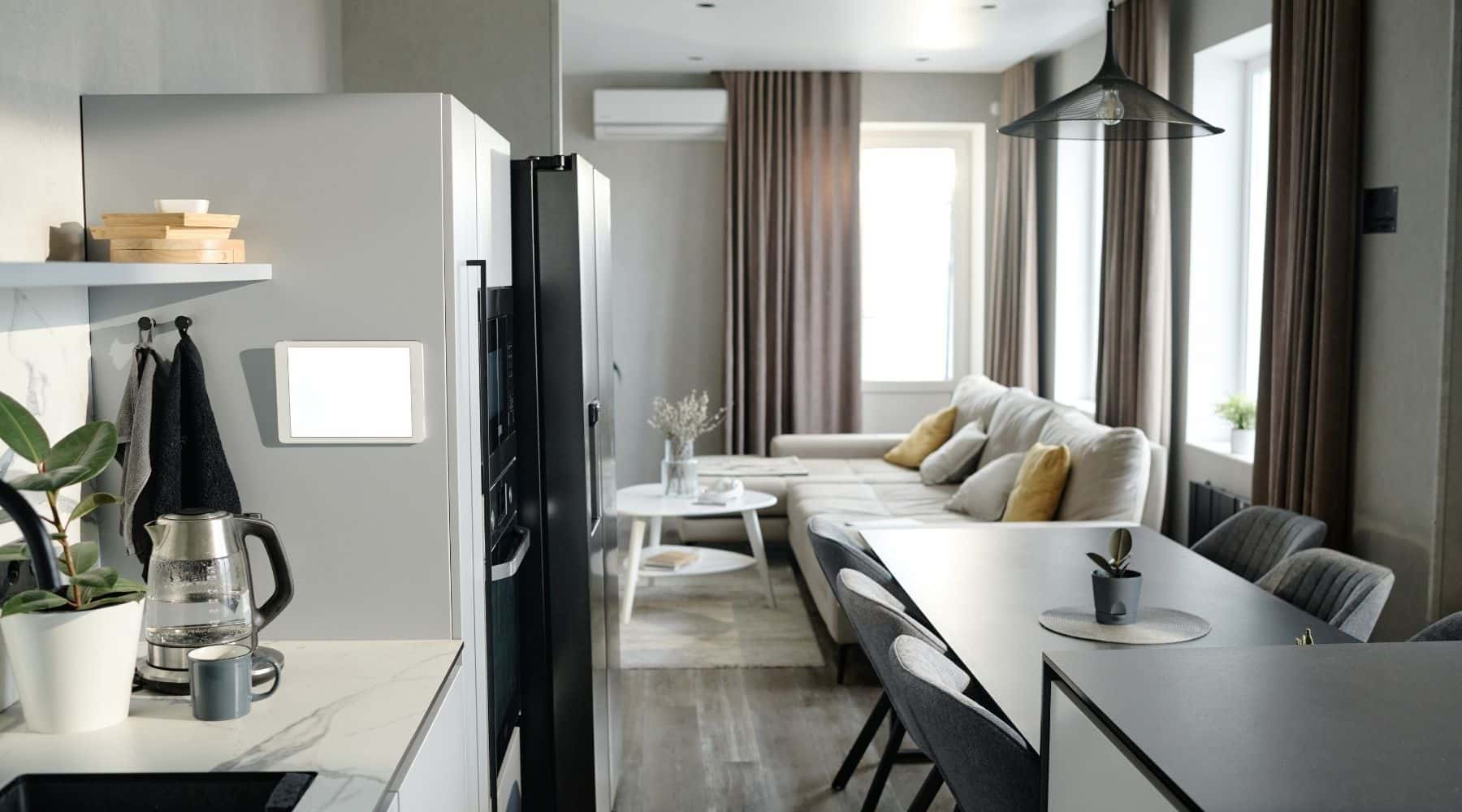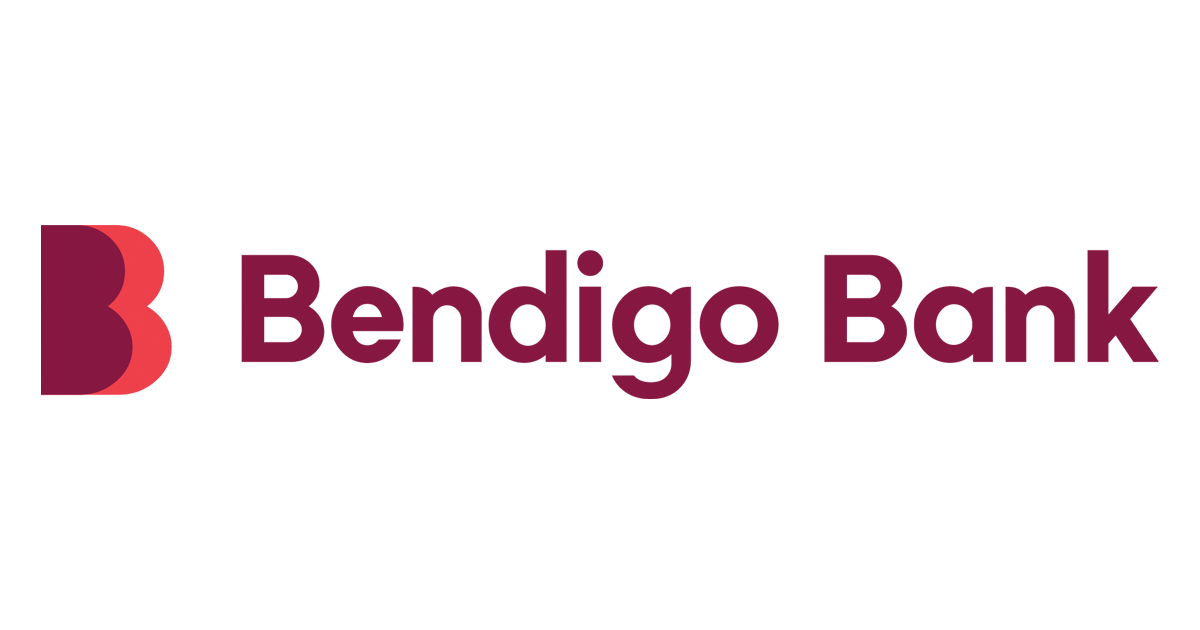As Australia’s population continues to grow, so too does the number of apartments. According to the 2021 Census, apartments made up 16% of all private dwellings across the country and housed 10.3% of Australians (over 2.5 million). However, they accounted for almost 31% of the total growth across all Australian dwellings between 2016 and 2021, showing that they’re well and truly on the rise. In the capital cities, apartments are even outpacing houses in terms of price growth.
With this ever-increasing presence of apartment and high-rise living in Australia, lenders offer a home loan product to match. Financing the purchase of an apartment compared to a standalone property can be very different, though, with plenty of additional factors for lenders to consider before approving the loan.
How do apartment loans work?
Apartment loan products themselves are no different to other home loans in terms of how they work: you’re approved for a lump sum to buy the apartment you’re looking for, alongside a deposit, and you’ll repay it in instalments with interest and fees over a term of up to 25 to 30 years.
However, there are key differences between taking out apartment finance and standalone property finance. Perhaps the most notable difference is that lenders view apartments as being a higher-risk investment, since they may be more difficult to sell and have potentially more complicated land titles. As a result, not all lenders will approve loans for all apartment types (which we’ll get into a bit later).
Home loans for apartments vs standalone houses
| Apartment loans | Standalone house loans | |
|---|---|---|
| Usual purchase price | Lower | Higher |
| Deposit requirements | 20% or more (as little as 10% in some cases) | As little as 5% (potentially less with a guarantor) |
| Perceived risk from lender | Higher | Lower |
| Typical title type | Strata title (property owned by you but shared areas/facilities owned jointly among all residents) | Torrens title (everything owned and managed by you) |
| Other title types |
|
N/A |
How much do I have to pay as a deposit on an apartment loan?
In many situations, lenders will require at least 20% to be paid upfront if you’re looking to buy an apartment (unless you’re a first home buyer). Whether you have to fork out more will partly depend on which lender you go with and your financial profile, but the biggest factors will relate to your apartment itself.
Location is arguably the most important, with small apartments in nice areas typically setting you back more than bigger places in less desirable suburbs. The more expensive the apartment, the more you’ll likely have to pay as a deposit.
Some apartments, though, will come with the same deposit requirements as any other home loan, starting from as little as 10%. This is most likely to be the case for larger apartments with a better chance of strong capital growth and future sale. If you apply for your apartment loan with a guarantor, this may be another way of reducing the deposit required.
What apartments will I be able to finance?
Here’s a list of apartments that you may be able to take out a loan for:
- One-bedroom apartments
- Two or more-bedroom apartments
- Off-the-plan apartments
- High-rise apartments
- Serviced/short-term rental apartments (will need a higher deposit if used as an investment)
- Student apartments (will need a higher deposit if used as an investment)
- Studio apartments (may only be approved for apartments above 40m2 or 50m2)
However, whether you’re approved for a loan for the apartment you want to buy will come down to a range of factors specific to you and the apartment.
The factors impacting your apartment loan approval chances
- The apartment size: as mentioned, apartments below 40m2 will rarely qualify for a home loan. Even those up to 50m2 could come with some difficulty attached.
- The apartment location: areas with higher population density, such as those with multiple high-rise apartment complexes, are often seen as riskier by lenders.
- The type of apartment: for some lenders, it’s as simple as not wanting to finance certain types. Studio apartments without separate bedrooms can often be denied, while student and serviced apartments (those not considered residential properties) may be more difficult to get over the line.
- The nature of the apartment’s title: while strata title isn’t usually an issue, older apartments with company or stratum title can put lenders off.
Apartment loan interest rates
Apartment loans tend to have similar or the same interest rates as loans for houses. This means that, alongside some of the risk factors we’ve mentioned earlier, the variables that impact your rate include:
- The size of your deposit
- How much you’ve saved
- Your income and expenses
- Your credit score
- The type of interest you choose (either fixed or variable rates)
- Your current assets and liabilities
Of course, it’s crucial to take the time to find the best available rate before you press ahead with your apartment loan application. You can see the difference lower interest rates make here:
Finding the right interest rate for an apartment loan
Georgia is looking to purchase an apartment. The one she decides on costs $450,000, which she can buy with a loan and a 20% deposit ($90,000). She starts comparing options on the market to see how much they might cost her each month and overall.
| Interest rate | Monthly repayments | Total interest paid | |
|---|---|---|---|
| Lender #1 | 5.75% p.a. | $2,265 | $319,435 |
| Lender #2 | 5.80% p.a. | $2,276 | $322,702 |
| Lender #3 | 5.90% p.a. | $2,298 | $329,259 |
| Lender #4 | 6.05% p.a. | $2,331 | $339,150 |
| Calculations are based on a 25-year loan term. Interest rates are for illustrative purposes only and do not necessarily reflect the rates you will be offered on your apartment loan. | |||
Georgia sees that even the difference between 5.75% p.a. and 6.05% p.a. on the loan she wants will end up costing her just shy of $20,000 over the life of her loan. She decides to go with Lender #1, as they’re the cheapest option.
How to apply for an apartment loan with Savvy
-
Submit our online application
Fill out our form, telling us about yourself and how much you want to borrow.
-
Supply your documents
Provide us with the info and documentation we need to verify your profile.
-
Chat to your broker
Your Savvy specialist will give you a call to discuss your apartment finance options.
-
Get pre-approved
We’ll press ahead and let you know how much you’ve been pre-approved for.
-
Choose and buy your apartment
Find the apartment you love and have your bid or offer accepted.
-
Formal approval
From there, we’ll get the ball rolling with submitting your formal application for approval.
-
Settlement and sign off
Settlement takes a few more weeks, but once that’s done, the apartment is yours!
Why apply for a home loan with Savvy
Help throughout the process
You'll be matched with an experienced mortgage broker who'll handle all the hard work for you from start to finish.
Trusted lenders
With a panel of reputable mortgage lenders, you can rest assured you'll be comparing high-quality options with your broker.
Paperless quote process
You can fill out a simple online quote via our form without having to worry about sorting through heaps of paperwork.






















